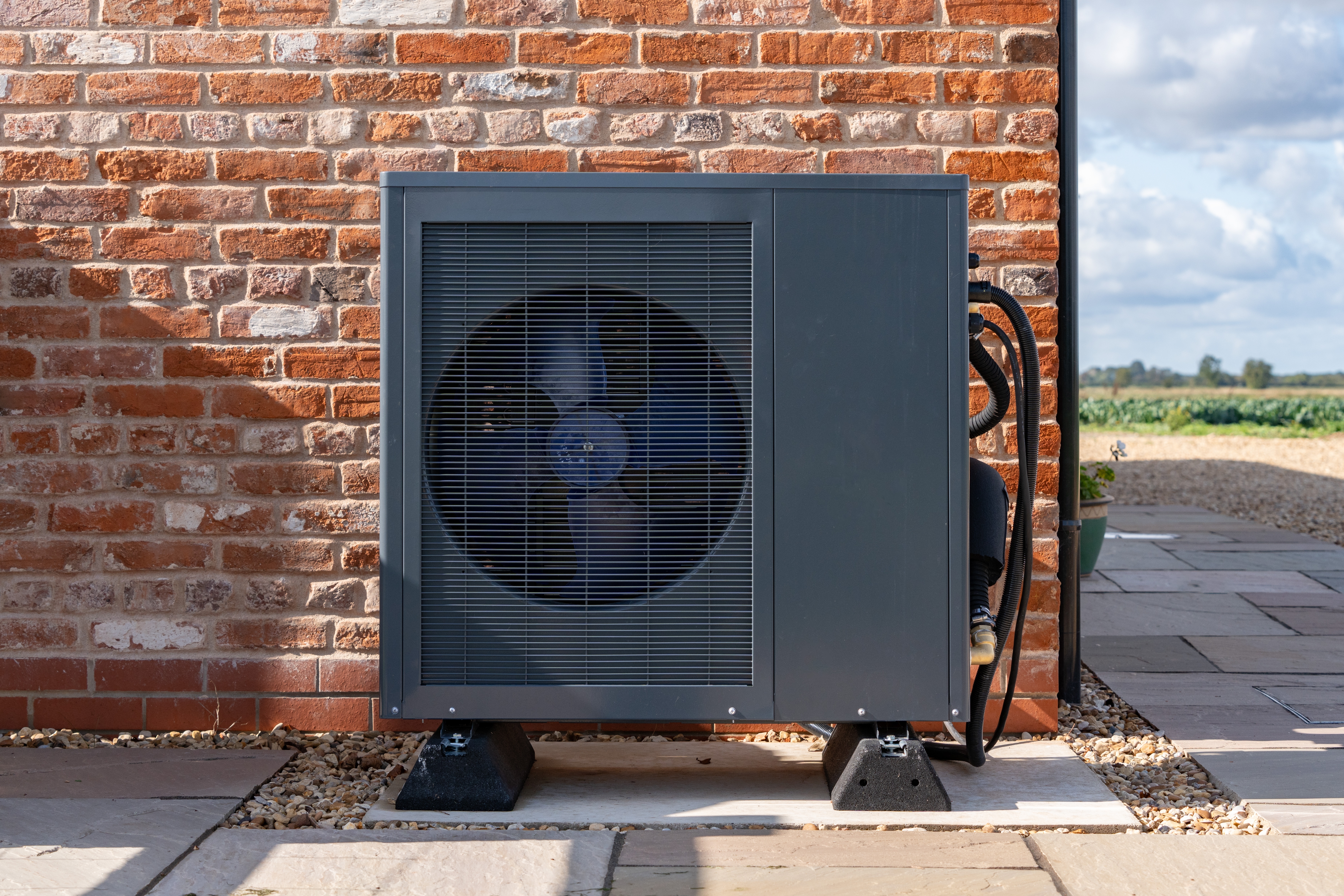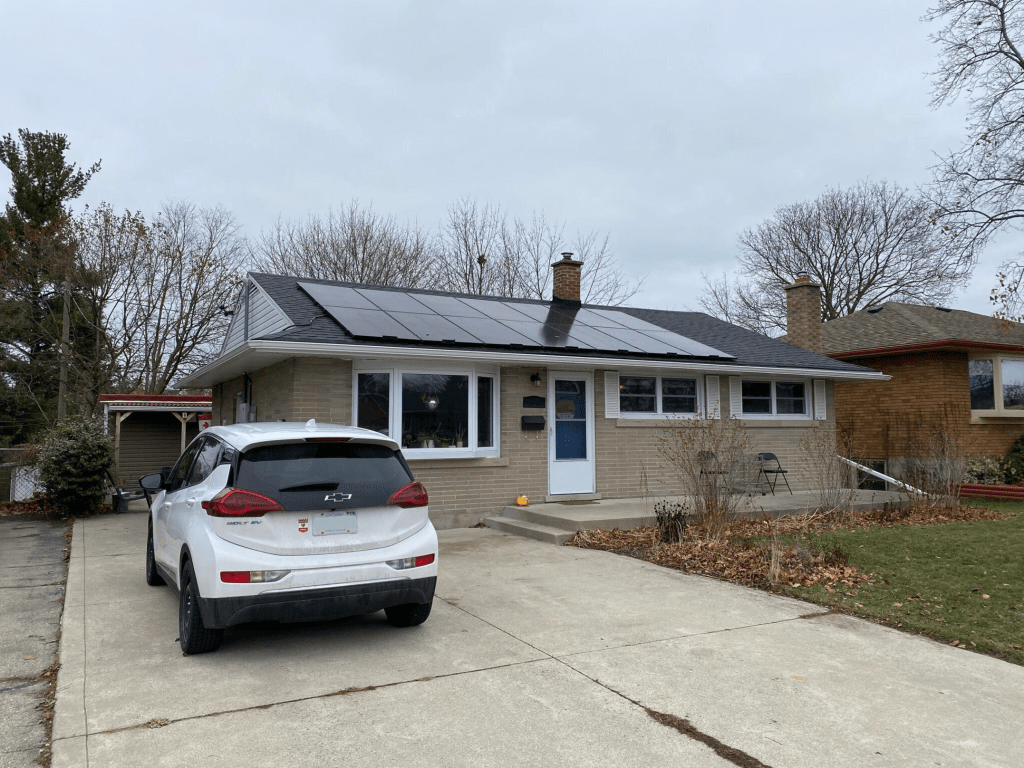The market for heat pumps is growing, as more Canadians households adopt them as their primary heating system. And it’s easy to see why heat pumps work for so many homes: They’re extremely energy-efficient, which can help to bring down household energy costs; and because they’re powered by electricity they can have a lower environmental impact compared to traditional heating systems, as they release fewer greenhouse gas emissions.
Heat pumps can also double up as both your home’s heating and cooling system, and cold climate models could make them a more viable option in colder areas of the country. With federal and provincial programs available to help make heat pumps more affordable, there are many reasons a homeowner may consider making the switch.
But how does a heat pump compare to living with an oil or gas furnace? In this infographic, we take a look at some of the differences and similarities in heating costs, performance, lifespan, and environmental impact.

Read more: One homeowner’s experience of switching to a heat pump






